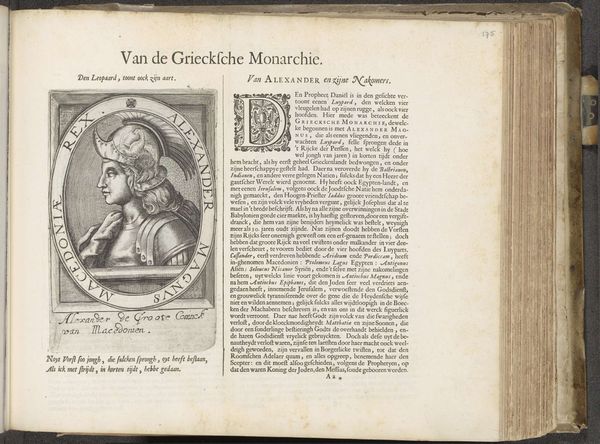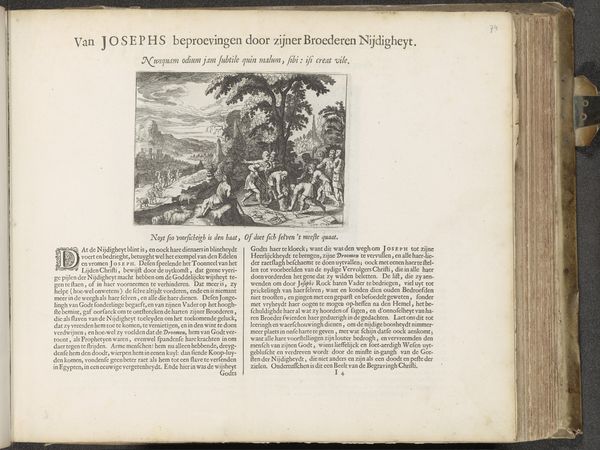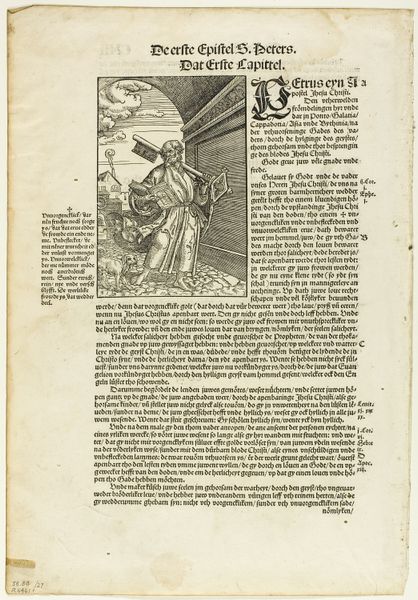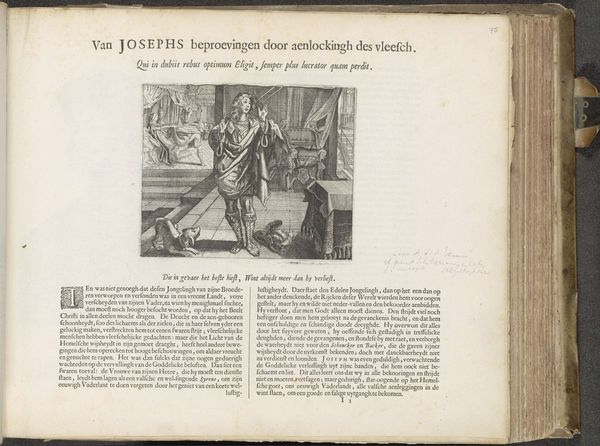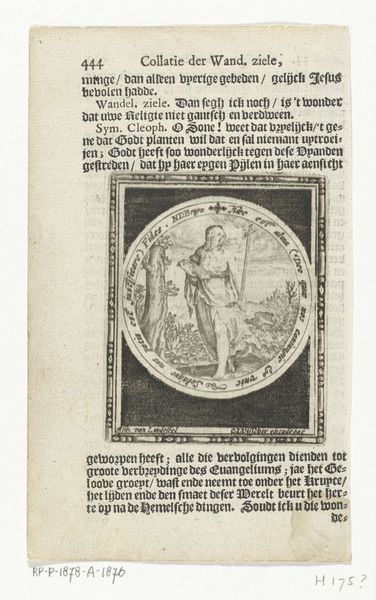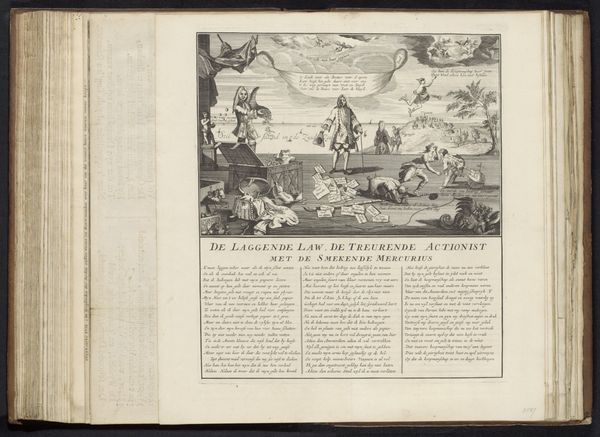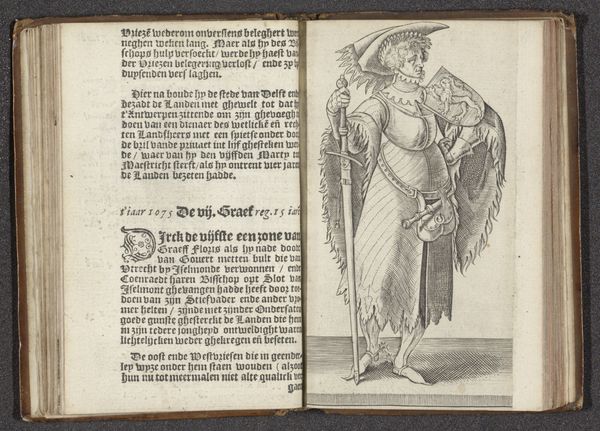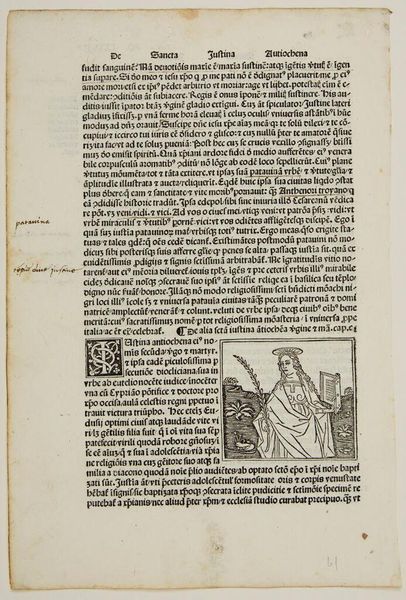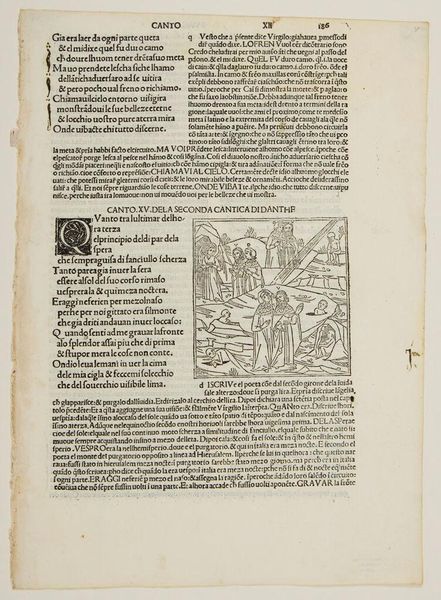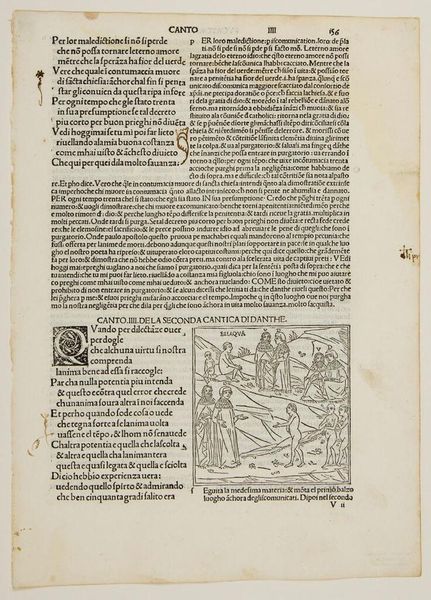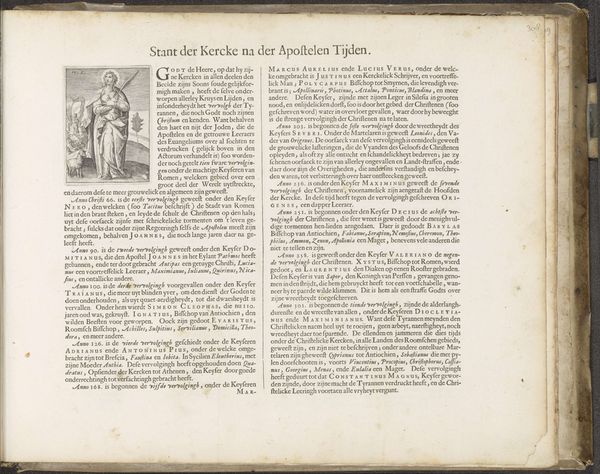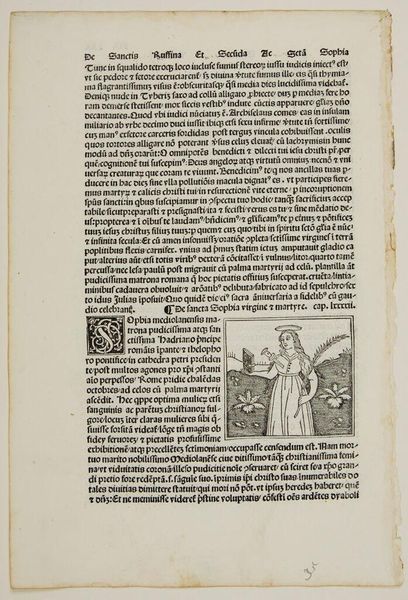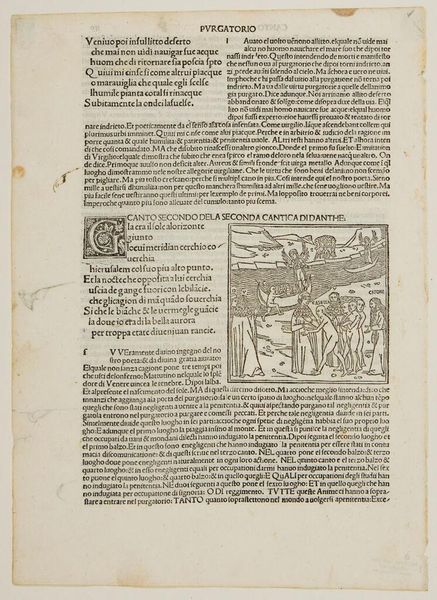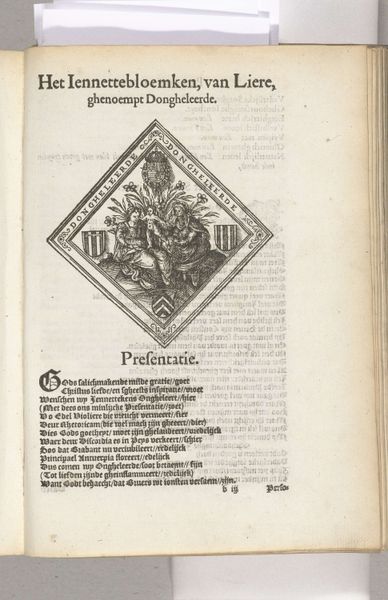
print, paper, engraving
#
allegory
# print
#
paper
#
11_renaissance
#
coloured pencil
#
history-painting
#
engraving
Dimensions: height 218 mm, width 157 mm, height 294 mm, width 37 mm
Copyright: Rijks Museum: Open Domain
Curator: We’re looking at a print from after 1568, attributed to an anonymous artist and currently held at the Rijksmuseum. The title translates to "Allegory of Art." Editor: Immediately striking—the figure at the center commands attention. It's elaborate, with swirling robes and surrounded by cherubs, yet the tones are rather muted. I get a sense of controlled exuberance. Curator: Precisely. It functions as an allegory, visualizing abstract concepts through symbolic figures. Note the female figure, likely representing art, standing atop a globe. It’s rendered through engraving on paper. Editor: I'm intrigued by that globe, though it appears like a sphere set against a flat plane; does this position suggest the dominance of art over the world, or perhaps its grounding influence? And look at the cherubs! What are they doing? Curator: Good question! They personify the individual arts and sciences – look closely, you'll notice they are marked with identifying insignia, and some appear to be holding drawing utensils, music sheets, et cetera. They attend to and elevate "Art" literally and conceptually. The organization reflects the hierarchical structure and values that defined art making during the late Renaissance period. Editor: Ah, the emblems do offer insight, I see that now. I also see the balance between classical forms with almost cartoonish imagery. How would this allegory have resonated with viewers? Was it a straightforward celebration of the arts or something more complex? Curator: Given the presence of related written text within the spread of the broadsheet itself, the print likely served both didactic and decorative functions. Disseminating humanist ideals to its Renaissance audiences would have certainly been a priority. It’s an ideal of “art” through which knowledge elevates society, but only if correctly channeled. Editor: Very interesting. So it is not just an "Allegory of Art," but perhaps an instruction of art's use! That contextualizes the symbols of cherubs and classical structure even more profoundly. This deep-seated complexity speaks to its ability to connect, challenge, and endure! Curator: Indeed. Its composition and symbolism invite interpretations that mirror the ongoing discourse around knowledge and virtue in art during that period.
Comments
No comments
Be the first to comment and join the conversation on the ultimate creative platform.
